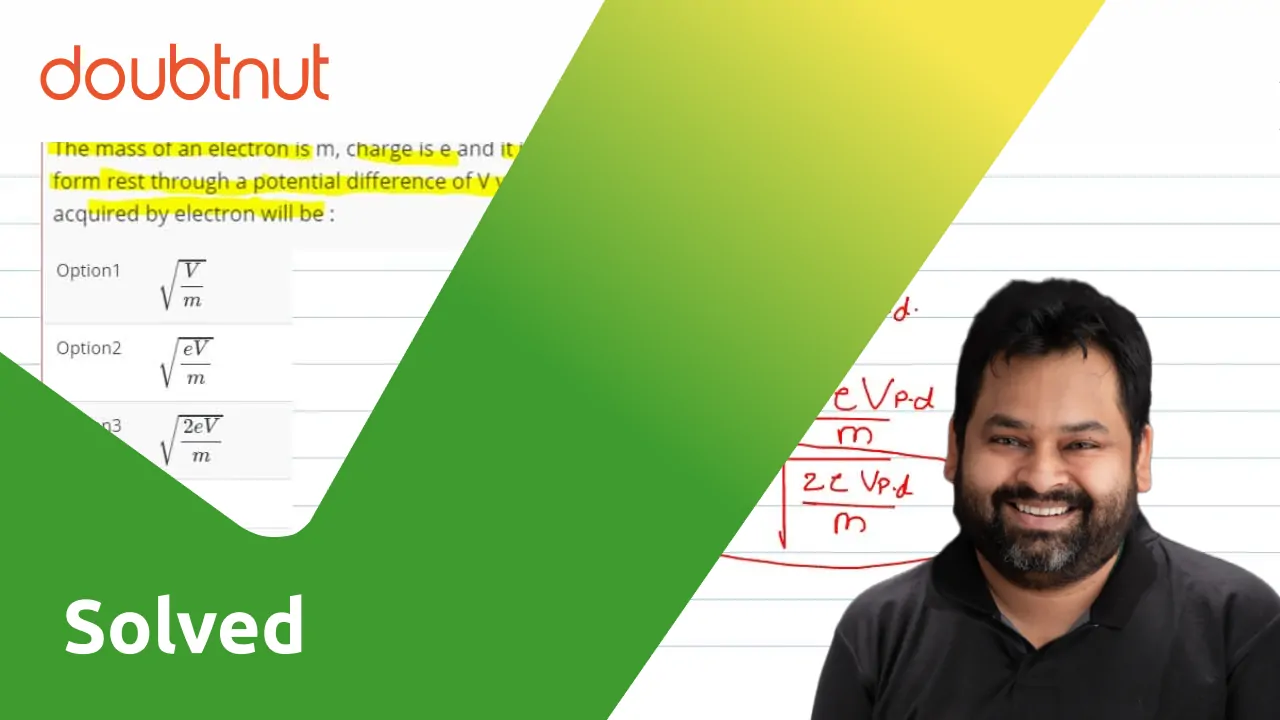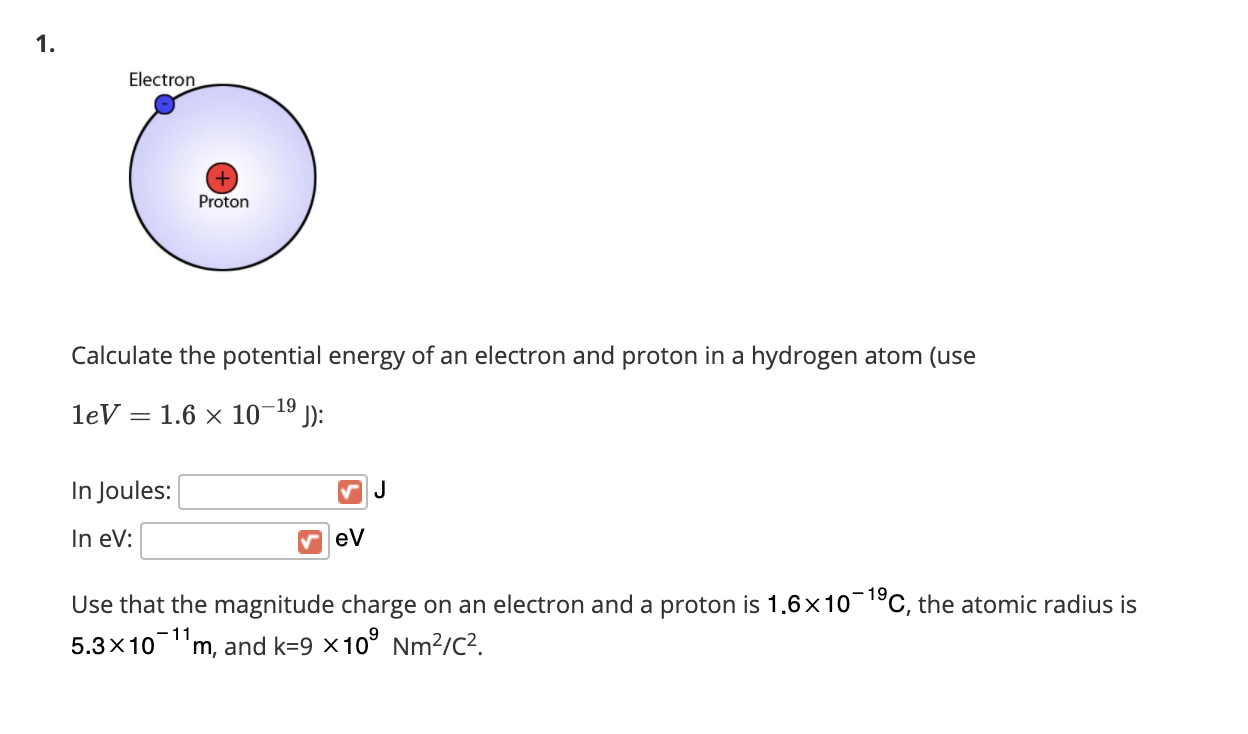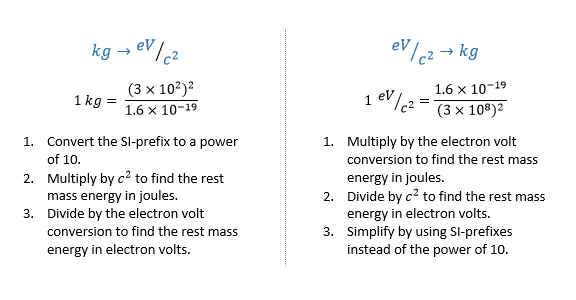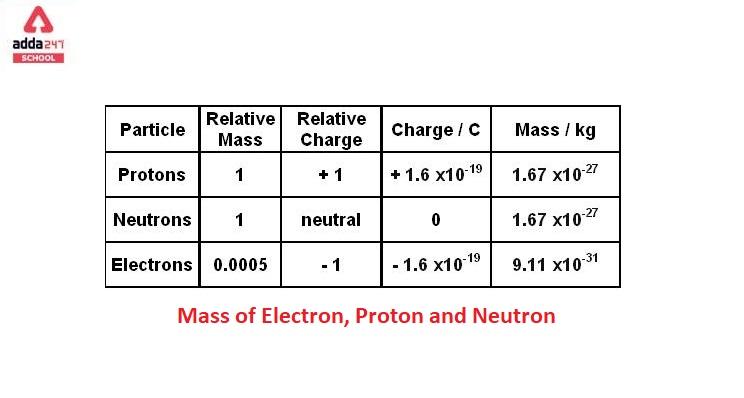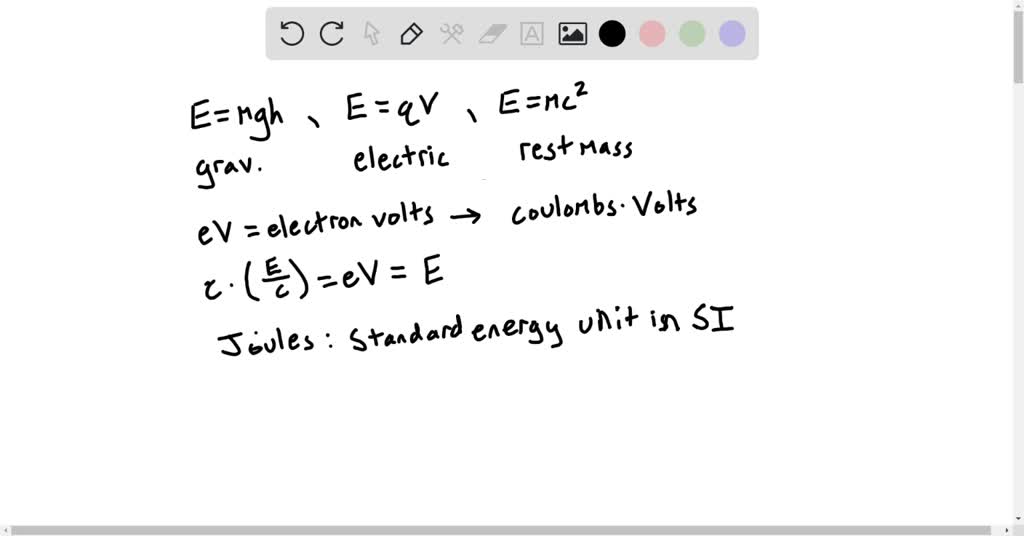
SOLVED: A common unit used to measure the energy of small particles is the electron volt (eV), which is equal to the magnitude of the charge on the electron (measured in coulombs)

An electron of mass 'm' and charge 'e' is accelerated from rest through a potential difference 'V' in vacuum. Its final velocity will be

An electron of mass 'm' and charge 'e' is accelerated from rest through a potential difference 'V' in vacuum. Its final velocity will be
A single electron revolves around a stationary nucleus of charge ze; (e = magnitude of charge on electron). - Sarthaks eConnect | Largest Online Education Community

Unit and Dimension: An electron with charge e enters a uniform magnetic field B with a velocity v. - YouTube
An electronic charge e is revolving in a circular orbit of radius r around a nucleus with speed v.the equivalent current is

The Modern Quantum Atom The nucleus and the discovery of the neutron What are electron-volts ? The Quantum atom. - ppt download
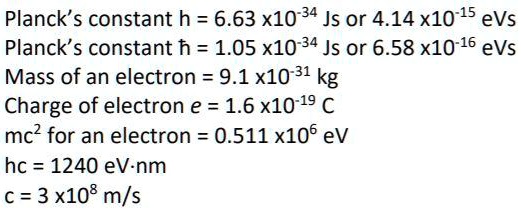
SOLVED: Planck's constant h = 6.63 x 10^-34 Js or 4.14 x 10^15 eVs Planck's constant h = 1.05 x 10^-34 Js or 6.58 x 10^16 eVs Mass of an electron =

